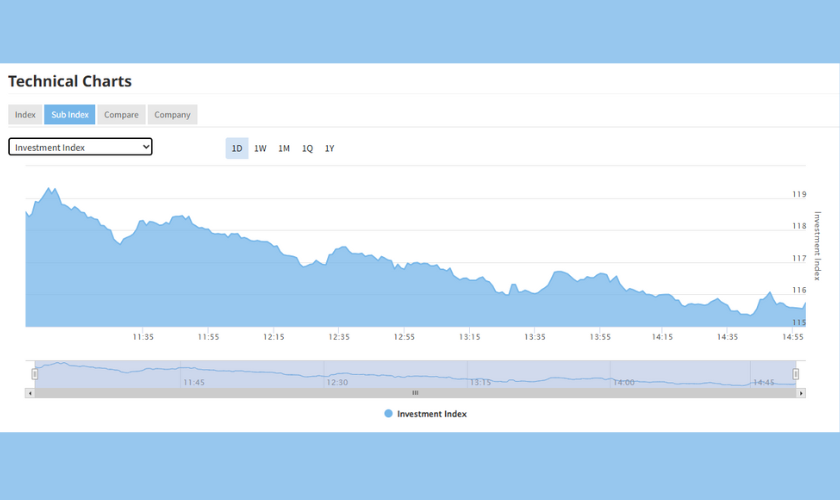Gold rebounded from an early dip to a six-month low on short covering on Friday, but is still on track for its largest annual loss in 32 years. Spot gold hit its lowest since June on Friday at $1,185.10 an ounce, closing in on a 3-1/2-year low reached on June 28. The market clawed back some ground later in the session, up 1 percent to settle at $1,202.50. Gold has tumbled nearly 30% in 2014. That's the biggest drop since 1981, said Kevin DeMeritt, president of Lear Capital, a precious metals firm based in Los Angeles. It's also the first year-over-year decline in gold prices since 2000, according to FactSet.
Investors have been selling gold futures and gold-backed ETFs this year as stocks have soared to record highs. Prices for physical gold, including bars and coins, have fared better thanks to demand from investors in China. The rout follows a long-running bull market in gold. Even after this year's losses, gold is still up nearly 350% since 2001, when it traded below $300 an ounce.
Gold hit a nominal (i.e. not adjusted for inflation) all-time high near $1,900 an ounce in 2011. The latest slide comes one day after the Federal Reserve announced plans to cut back on, or taper, its bond buying program.
While it will be buying fewer bonds, the Fed also stressed that short-term interest rates will remain exceptionally low even after the unemployment rate falls to 6.5%. Investors took that as a sign the Fed will continue to flood the market with liquidity for years to come.
The policy changes also suggest the Fed is becoming increasingly concerned about the threat of deflation, said Ashraf Laidi, global strategist at City Index in London.
Inflation has been subdued all year and remains well below the Fed's target level of 2%. Consumer prices, excluding food and energy, rose only 0.2% in November from October, according to government data.
Gold is seen as a hedge against inflation since precious metals tend to hold value better than assets such as stocks and bonds. With no sign of inflation on the horizon, investors have little reason to own gold. Laidi said gold prices could fall to $1,100 an ounce in the near term on worries about deflation.
Dismal Story Continues in Nepal Too
Though the markets seem to have adjusted their fears, gold continues to lose its lust as confidence of investors is badly shaken for the time being. In recent months gold price has dropped inNepali market following the global trend. But, the sharp devaluation of Nepali rupee against the strong US dollarhas kept away the Nepali consumers to fully reap the benefits of falling gold prices. As the gold is internationally priced in US dollar, stronger greenback is likely to slow the decline in bullion prices in gold importing countries such as Nepal. However, after the Fed’s announcement, the dollar index did not rise broadly like in mid-2013. As the lackluster performance of the gold continues to outshine its appeal, the relative stability in US dollar might put the bullion in pressure.
Traders also agree with this. “Decline in transaction volume and demand along with deflationary pressure have negative impact on gold prices,” opinesTej Ratna Shakya, former President of Federation of Nepal Gold and Silver Dealers Association (FENEGOSIDA). Shakya, however, seemed optimistic on gold rebounding in near terms. According to his estimates, gold in worse market condition may fall to Rs 50,000 per tola. “Gold is likely to rebound as USD 1,200 per troy ounceseems to bethe bottom in the international markets,” Shakya says.
Subdued demand of gold in domestic market is also seen as another factor affecting the bullion’s performance in Nepal. In recent weeks, physical demand of gold has been declining in Nepal following the rising trend in stock markets. “Continuation of cash flow doesn’t always fulfill the expectations of stock market,” he cited the recent movements in domestic stock market. Coupled with the political development and high amount of liquidity in the banking system, Nepali stock market has been soaring to record high levels after the second CA elections. “Apart from equity market’s performance, other sectors in Nepal aren’t performing well,” Shakya said adding, “Investors are likely to return to gold after the stock market makes its adjustment in near term.”









